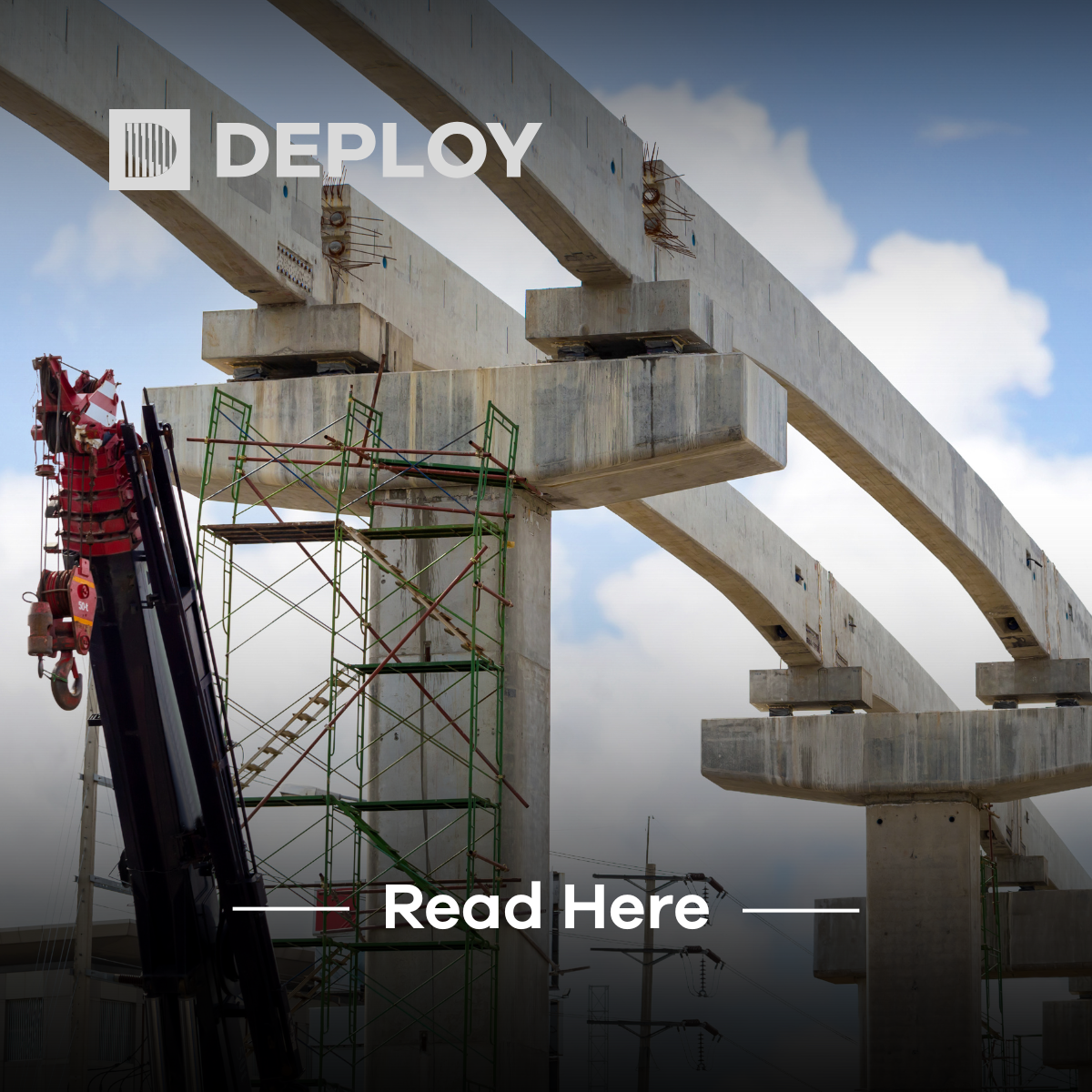Ensuring Reliable Rail Operations in Winter: The Crucial Role of Points Heating Systems
Snow and ice can pose significant challenges to the rail network, causing delays, disruptions, and potential safety risks. That's where points heating systems come in – a vital solution to the challenge of maintaining smooth and safe rail operations in the face of harsh winter conditions.
The impact of winter weather on rail operations cannot be overstated. Snow and ice can compact under passing trains, preventing the movement of points and hindering rail traffic. In areas with third rail electrification, ice build-up can interrupt power supply, leading to service disruptions. Freezing rails can also cause signalling issues, while heavy snowfall and high winds can result in track blockages and snow drifts.
To mitigate these challenges, our industry relies on specialist solutions like points heating systems. These systems are designed to prevent the formation of ice and snow on points, ensuring their smooth operation even in the most adverse conditions. By attaching heaters to points and controlling them through sophisticated control cubicles, rail staff can efficiently melt away any accumulated snow or ice.
As the brain of the system, these weatherproof and robust cubicles house the necessary control equipment, monitoring temperature and snowfall conditions to activate and deactivate heaters as needed. This technology-driven approach ensures optimal performance while minimising energy consumption.
Of course, the effectiveness of points heating systems relies on proactive planning and preparation. Rail professionals must work together to ensure tracks are clear of obstructions, spare parts are readily available, and fences are installed to prevent snow from blowing onto the tracks.
Monitoring weather conditions and responding appropriately is also crucial. Our partners at Network Rail work with weather experts to determine the best course of action based on forecasts, which may include implementing temporary speed restrictions, deploying staff to monitor at-risk assets, or even closing lines for snow clearance in extreme cases.
In addition to points heating systems, the rail industry leverages other cutting-edge technologies to combat winter weather challenges. Snow and Ice Treatment Trains, equipped with high-powered jets that spray heated anti-freeze onto conductor rails, are just one example of the innovative solutions in use to prevent ice formation and maintain safe, reliable operations.
At Deploy, we are committed to delivering quality, compliant solutions that support the rail industry in navigating the complexities of winter weather. If you'd like to learn more about how our specialist expertise can benefit your organisation, please don't hesitate to get in touch with our team. Together, we can work towards a more resilient, efficient, and safe railway future.






